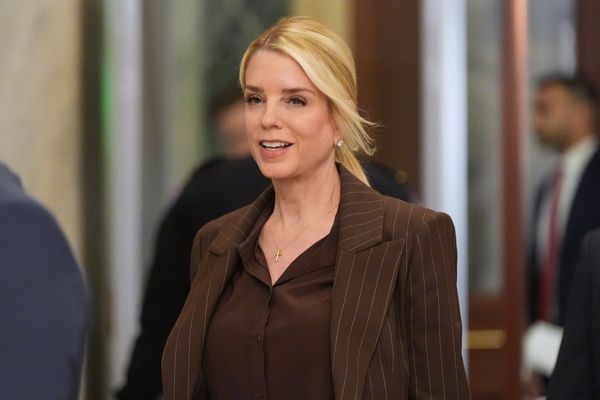
Jerusalem (AFP) - Israel goes to the polls Tuesday for its fifth general election in less than four years, after the collapse of a coalition government which ousted Benjamin Netanyahu from power.
Here are some facts about the electoral process:
Plethora of parties
Israel's system of proportional representation gives small parties a chance of winning seats in the 120-member parliament, the Knesset.
There is, however, a barrier to the smallest as a party must win at least 3.25 percent of the votes cast to enter the legislature.
The system pushes political minnows into tactical alliances that give them a better chance of passing the threshold.
Each party lists its candidates in order of precedence, decided either in primaries or by committee.
The number of seats allocated to each list is calculated according to the percentage of votes won.
For example, if a party or alliance wins 10 percent of the vote, equivalent to 12 Knesset seats, the first 12 candidates on its list become lawmakers.
Coalition-building
With Israel's plethora of parties, no single party has ever won an outright majority of 61 seats or more.
This means that after the votes are counted, the horse-trading begins, with larger parties or alliances wooing the smaller ones in an attempt to build a working coalition.
The president of Israel, currently Isaac Herzog, is tasked with quizzing all parties after the results are declared to hear who they recommend to try to form a government.
On the basis of those talks, he asks the person he judges has the best chance of doing so -- not necessarily the leader of the largest party.
For example, following the March 2020 election, the centrist Blue and White alliance won 33 seats, three less than Netanyahu's Likud.
But Blue and White leader Benny Gantz was given the first shot at forming a government because he secured recommendations to do so from a narrow majority of lawmakers.
Short-lived coalitions
When Gantz's mandate to forge a coalition expired, Netanyahu took his turn, which also proved unsuccessful.
The two then formed a fraught unity government that collapsed after six months, forcing Israelis back to the polls.
The subsequent March 2021 ballot led to a broad coalition of eight parties, orchestrated by Yair Lapid, the current caretaker prime minister.
That government collapsed in June, sparking the November 1 election.







